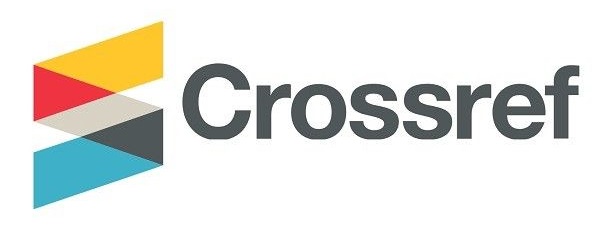The Tribological Behaviour of Silumin Reinforced with Carbonized Plantain Fibre Ash Particulate for Possible Motorbike Parts Fabrication
DOI:
https://doi.org/10.37745/bjmas.2022.0011Abstract
The management of waste products may reduce pollution and dumping sites. Therefore, one of the main goals of contemporary research is to recover these wastes through conversion into a more environmentally acceptable material that applies to fabrication engineering. This study demonstrated that waste products such as plantain waste are good reinforcement in the development of composite materials because it was found to be environmentally responsible and economically inventive. Materials made from agricultural waste appear amazing, showing immense potential and boosting green engineering. This research investigates the mechanical behaviours of silumin alloy reinforced with carbonized plantain fibre (CPF) for developing motorbike clutch lever. The ISO standards sieve series specifications of 565 and 3310/1 were employed under the requirements of the American Society for Testing and Materials (ASTM). The different weight percentages of 2.5-10% of CPF were used to advance the investigated matrix composites. The morphology of the surface damage behaviour of the composites was investigated via scanning electron microscopy (SEM). The results of the mechanical property showed an increase in wear behaviour. The best signal-to-noise (SN) ratio, a criterion for evaluating the superiority features, was attained through Taguchi's robust design process and was validated using Minitab18 software. The optimal wear value of 50.20g/min and the control factors are established for the composite.
Downloads
Downloads
Published
Versions
- 03-11-2022 (3)
- 12-10-2022 (2)
- 12-10-2022 (1)
Issue
Section
License

This work is licensed under a Creative Commons Attribution-NonCommercial-NoDerivatives 4.0 International License.











